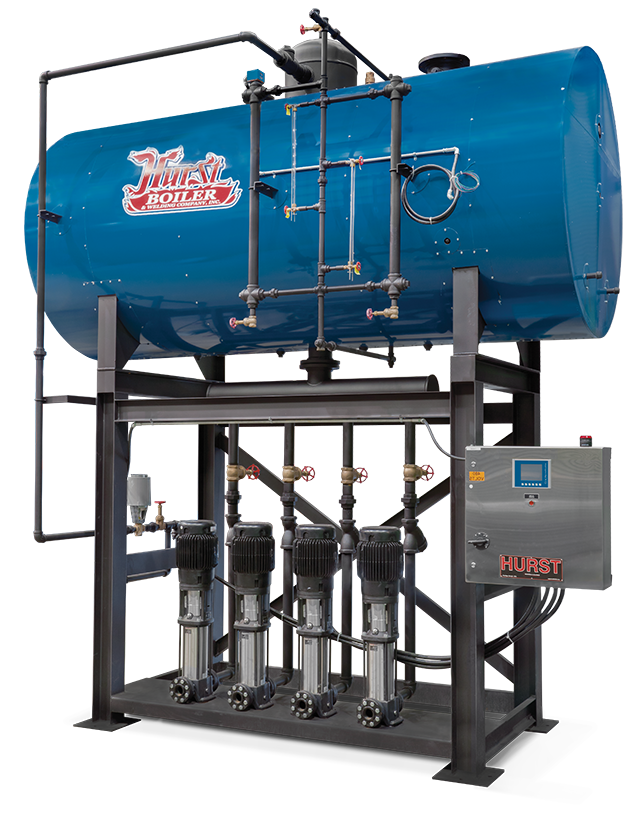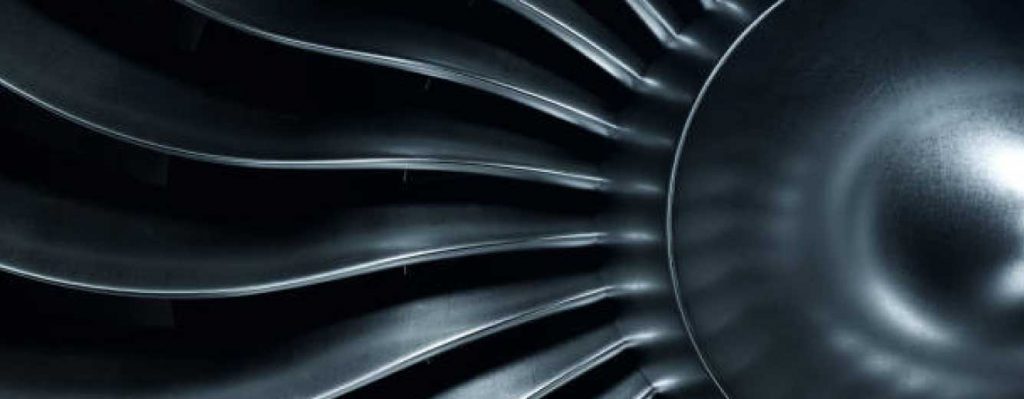Deaerators vs. Open Vented Feed Systems: Comparing 5 Key Differences in Boiler Feedwater Management

Deaerators vs. Open Vented Feed Systems. Deaerators and open vented feed systems are both methods used to manage boiler feedwater in steam systems. While they share some similarities, there are several key differences between the two.
Here are five notable differences:
Dissolved Gas Removal:
Deaerator: One of the primary functions of a deaerator is to remove dissolved gases, particularly oxygen and carbon dioxide, from the boiler feedwater. By doing so, it minimizes the risk of corrosion and enhances the overall efficiency and lifespan of the steam system.
Open Vented Feed System: An open vented feed system does not specifically address the removal of dissolved gases. As a result, dissolved gases may remain in the feedwater, leading to potential corrosion and decreased efficiency in the steam system.
Feedwater Preheating:
Deaerator: Deaerators not only remove dissolved gases but also preheat the boiler feedwater by using steam from the system. This preheating process reduces the energy required for the boiler to produce steam, leading to increased efficiency and lower fuel consumption.
Open Vented Feed System: Open vented feed systems do not typically preheat the feedwater, resulting in higher energy consumption for the boiler to generate steam.
Pressurization:
Deaerator: Deaerators operate under pressurized conditions, which helps facilitate the removal of dissolved gases and ensures efficient mixing of the feedwater with the steam used for preheating.
Open Vented Feed System: These systems are not pressurized, as they are open to the atmosphere. This lack of pressurization can lead to less effective mixing and lower overall system efficiency.
Chemical Treatment Requirements:
Deaerator: By effectively removing dissolved gases, deaerators reduce or even eliminate the need for chemical treatments to control corrosion. This leads to lower operating costs and a more environmentally friendly process.
Open Vented Feed System: Due to the presence of dissolved gases, open vented feed systems often require the addition of chemical treatments to prevent corrosion. This increases the operating costs and environmental impact associated with managing the steam system.
System Complexity and Cost:
Deaerator: Deaerators are more complex and expensive to install compared to open vented feed systems, due to their pressurized operation and additional components required for effective gas removal and feedwater preheating.
Open Vented Feed System: These systems are simpler and less expensive to install than deaerators, as they do not require the same level of complexity or specialized components. However, this simplicity may come at the expense of reduced efficiency and increased maintenance costs in the long run.
Deaerators vs. Open Vented Feed Systems in summary, deaerators and open vented feed systems have different approaches to managing boiler feedwater. While deaerators focus on removing dissolved gases and preheating the feedwater, open vented feed systems do not provide the same level of efficiency and protection against corrosion. The choice between the two depends on the specific needs and priorities of the steam system in question.
For more steam system tips, please go to www.somes-nick.com/multimedia-resources/. For more information on the types of steam boiler room equipment, please visit www.hurstboiler.com.

